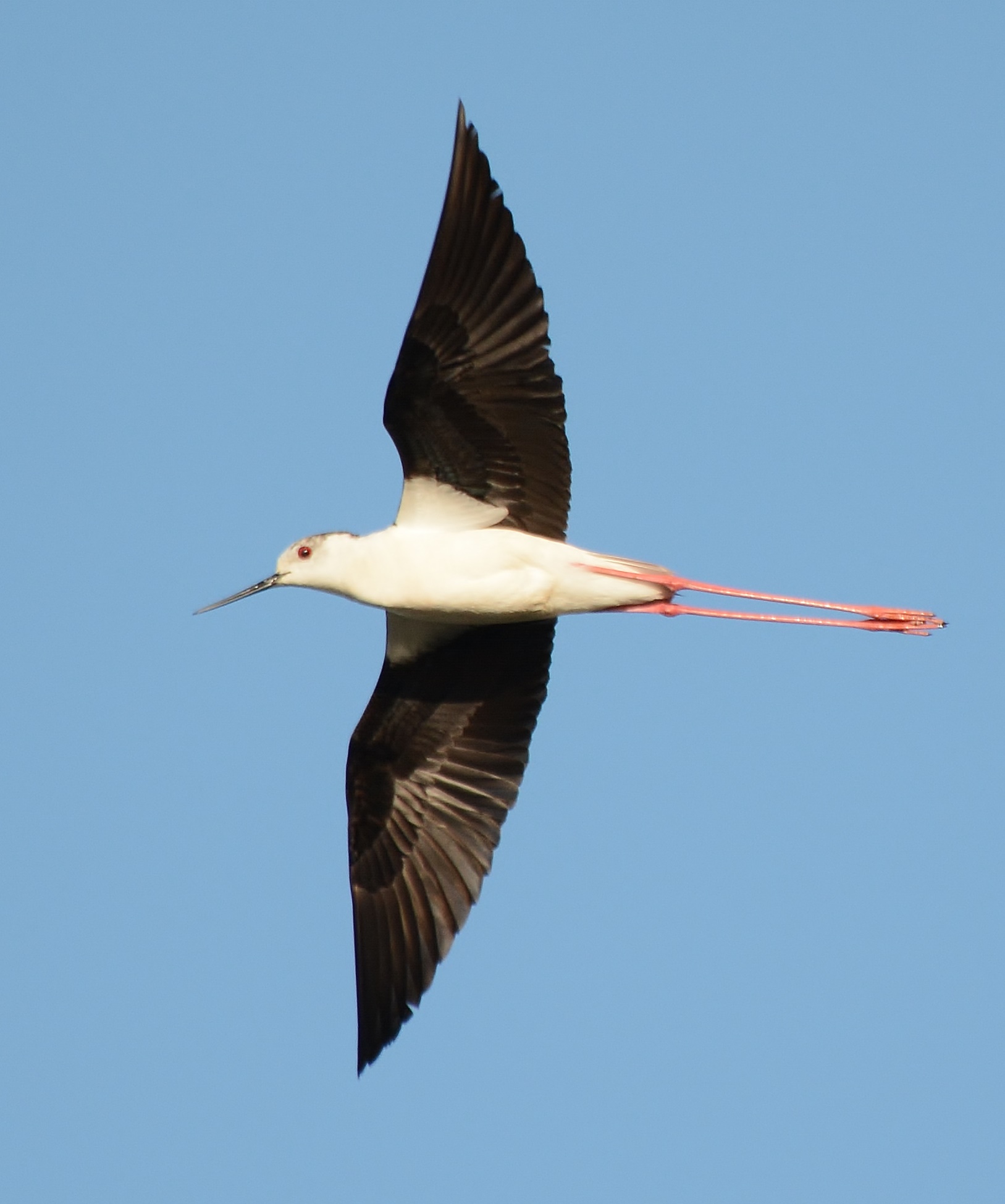Black-winged Stilt chicks hatch in Kent and West Sussex
Two pairs of Black-winged Stilt — a rare Mediterranean wading bird which has not bred successfully in the UK for nearly 30 years — have hatched their first chicks on RSPB reserves in Kent and West Sussex in south-east Englan.
One chick emerged from the egg early on the morning of 13th June at RSPB Cliffe Pools on the North Kent Marshes, and second and third chicks have hatched at RSPB Medmerry near Chichester. The other eggs in both broods were expected to hatch later the same day.
The last successful British breeding attempt by Black-winged Stilts was in Norfolk in 1987. Since last month when the stilt pairs were discovered on the reserves, the RSPB has organised a 24-hour watch on the nests with the help of a rota of volunteers.

Black-winged Stilt, Bracklesham Bay RSPB, West Sussex (Photo: Mick Davis)
It is thought that a dry spell in southern Spain has displaced the birds to southern Britain. And it is believed that a changing climate may bring these birds more regularly in future. Black-winged Stilts nest in wetland and feed on insects which they pick from the surface of the water or forage for in shallow mud.
"It's very exciting that the chicks are beginning to hatch," said RSPB Cliffe Pools warden Andy Daw. He added: "We managed to protect the eggs, but there are still challenges ahead because the chicks will become more vulnerable to predation. Cliffe Pools has ten percent of the UK's saline lagoons, a very rare habitat which gives the Black-winged Stilts what they need to breed and raise chicks."
"It's been a fantastic breeding season on the North Kent Marshes, and we have recorded record numbers of Lapwing chicks. In terms of people viewing the birds, at the moment they are on an island but the water too deep for feeding so they will probably move the chicks across so that they can feed in shallower waters around the coastguard flats, which may make them a bit more difficult to see."
The stilts' breeding at Medmerry is a tribute to the wetland conditions on the reserve. It is the largest open-coast managed-realignment scheme in Europe, and the RSPB's newest reserve. It was created between 2011 and 2013 by Environment Agency and consists of mudflats, tidal lagoons, saltmarsh, wildlife-friendly farmland and dragonfly-rich ditches.

